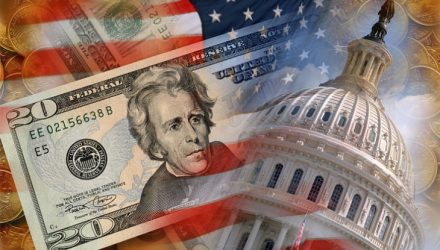By Henry Ma, Julex Capital Management
The debate on active vs. passive investing has been heating up in last few years as investors are becoming more and more in favor of passive investment funds.
In fact, even the legendary investor Warren Buffett advocated investing in index funds in his most recent annual newsletter. He wrote “A lot of very smart people set out to do better than average in securities markets. Call them active investors. Their opposites, passive investors, will by definition do about average. In aggregate their positions will more or less approximate those of an index fund. Therefore, the balance of the universe—the active investors—must do about average as well. However, these investors will incur far greater costs. So, on balance, their aggregate results after these costs will be worse than those of the passive investors.”
The asset flows from active funds to passive funds, especially on the equity side, have been massive. According to Morningstar, for the one-year period ended in March, active equity mutual funds lost $340 billion in assets, while passive funds gained $462.5 billion (see Table 1 for more details).
Table 1. Morningstar Estimated Net Mutual Flows (as of March 31, 2017)
| Estimated Net Flows ($Million) | Active | Passive | ||
| 1 Year | Assets ($Bil) | 1 Year | Assets ($Bil) | |
| US Equity | (269,658) | 3,724 | 300,332 | 3,231 |
| Sector Equity | (31,024) | 390 | 57,294 | 443 |
| International Equity | (70,313) | 1,527 | 104,840 | 1,046 |
Source: Morningstar
There are two major factors driving the asset flows:
- Cyclical factors. Since the Great Recession, the stock market has been on a bull run for eight years now. Normally, as many people believed, it is harder for active managers to outperform during bull markets. In fact, only 19.8% of US large cap blend managers outperformed their passive counterpart in the last five years based on Morningstar research. Many active managers certainly hope the assets will flow back when the bear market arrives.
- Structural factors. If it is easier for active managers to outperform in the bear markets, then over a full market cycle the active managers should have a better chance to outperform. However, that is not the case. According to Morningstar, only 14% of active managers in the US large cap blend category outperformed passive funds over a ten-year horizon, which includes both bull and bear markets. This underperformance cannot be explained by cyclical reasons, but structural reasons: (a) “overcrowded” active management. There are too many active managers competing against each other so that the excess returns were squeezed out. (b) high fees and expenses, which create bigger hurdles for active managers to overcome.
We believe the recent asset flows are more driven by structural factors. The active managers who hope the current trend to be reversed once the bear market comes will be disappointed. An interesting question to ask is how far this trend will go or whether we are in a “passive bubble” as some people suggest. I developed a simple economic model in Figure 1 to shed some lights on the question.

